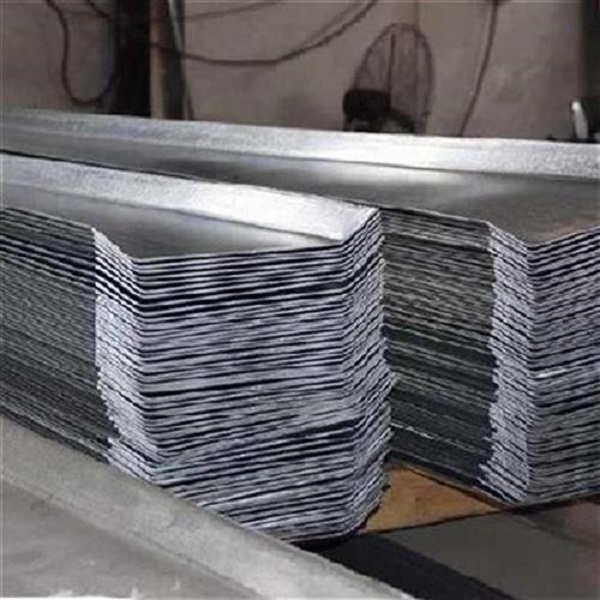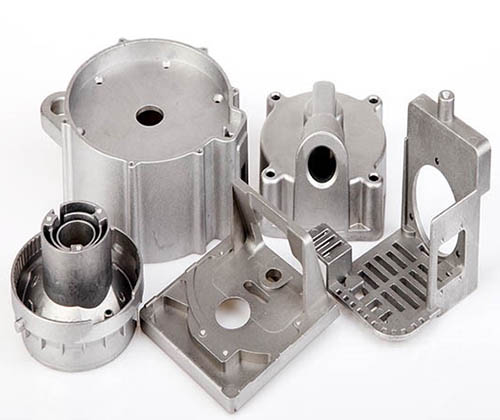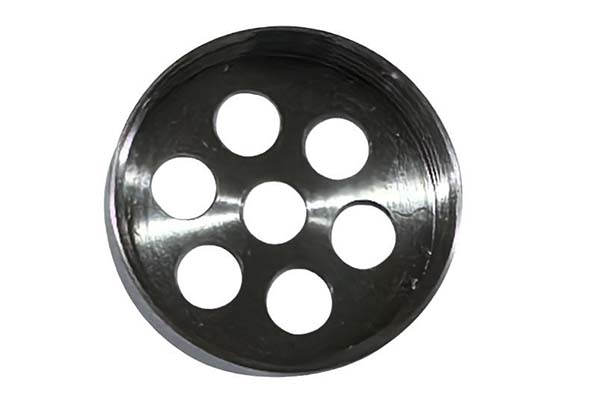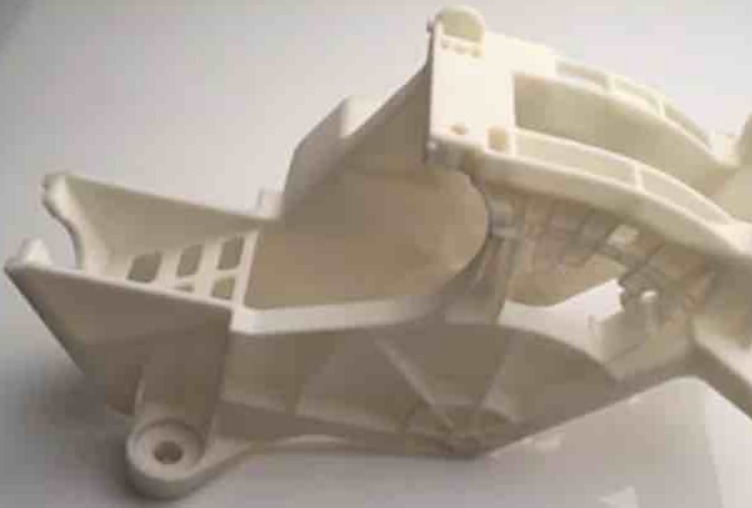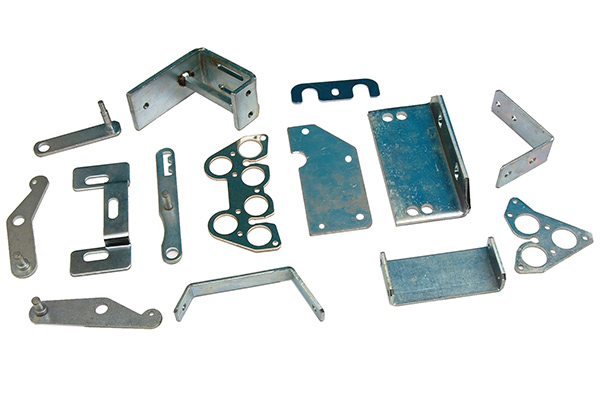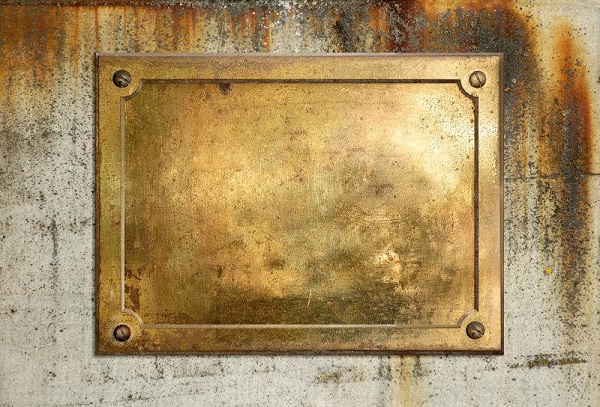If you’re wondering about laser cutting sheet prices, the short answer is: they typically range from \(15 to \)150 per sheet, with additional laser cutting service costs of \(10 to \)50 per hour. But this range depends on many factors—like the material type, sheet size, thickness, and even the complexity of your design. In this guide, we’ll break down every detail that impacts cost, so you can budget accurately and avoid unexpected expenses.
Key Factors That Affect Laser Cutting Sheet Prices
Understanding the variables that drive laser cutting sheet costs is the first step to getting a fair quote. Let’s break down the most important ones, with real-world examples to make it concrete.
Material Type
The material of the sheet is the biggest cost driver. Common options include steel, aluminum, stainless steel, and acrylic—and each has a very different price tag. For example:
- Mild steel (low-carbon steel): The most affordable option, ideal for industrial parts. A 4x8 foot sheet (1/8 inch thick) costs \(15–\)30.
- Aluminum: Lighter and more corrosion-resistant than steel, but pricier. The same 4x8 foot, 1/8-inch thick sheet costs \(35–\)60.
- Stainless steel: Durable and rust-proof, used for food-grade or medical parts. A 4x8 foot, 1/8-inch sheet runs \(60–\)120.
- Acrylic (plexiglass): Popular for signs or decorative projects. A 4x8 foot, 1/4-inch sheet costs \(25–\)50.
Case Study: A local hardware store owner needed 50 sheets for custom shelving. Choosing mild steel over stainless steel saved them \(4,500 total—since each mild steel sheet was \)45 cheaper than stainless steel.
Sheet Size and Thickness
Size and thickness work together to affect cost. Larger sheets cost more because they use more raw material, and thicker sheets require more time (and energy) to cut. Here’s a practical breakdown for mild steel (the most common material):
| Sheet Size | Thickness | Price per Sheet |
| 2x4 feet | 1/16 inch | \(8–\)15 |
| 4x8 feet | 1/8 inch | \(15–\)30 |
| 4x8 feet | 1/4 inch | \(30–\)55 |
| 5x10 feet | 1/2 inch | \(80–\)150 |
Thicker sheets also increase cutting time. For example, cutting a 1/4-inch thick steel sheet takes 2x longer than a 1/8-inch sheet—adding \(10–\)20 to the service cost per sheet.
Laser Cutting Service Costs
The sheet itself is only part of the expense; you also pay for the cutting service. Most shops charge by the hour, with rates based on the laser’s power (measured in watts) and the material’s hardness.
| Laser Power | Material | Hourly Rate |
| 500W | Mild Steel | \(10–\)20 |
| 1000W | Aluminum | \(20–\)35 |
| 1500W | Stainless Steel | \(35–\)50 |
Pro Tip: Simple designs (like straight lines) take less time than complex ones (like intricate patterns). A sheet with 10 simple cuts might take 15 minutes (\(2.50–\)12.50), while a sheet with 50 complex cuts could take 1 hour (\(10–\)50).
Laser Cutting Sheet Prices by Material (Detailed Breakdown)
To help you compare, let’s dive deeper into the most popular materials. We’ll include standard sizes, thicknesses, and average prices—plus use cases to guide your choice.
Mild Steel Sheets
Mild steel is the go-to for industrial projects (like brackets, frames, or machine parts) because it’s strong and cheap. It’s easy to cut with low-wattage lasers, which keeps service costs down.
- Common Size: 4x8 feet
- Thickness Range: 1/16 inch (thin, for decorative parts) to 1 inch (thick, for heavy-duty structures)
- Price Range: \(8–\)150 per sheet
- Service Cost: \(10–\)20 per hour
Example: A manufacturer ordering 100 4x8 foot, 1/8-inch mild steel sheets would pay \(1,500–\)3,000 for the sheets plus \(100–\)200 for cutting (if each sheet takes 10 minutes to cut).
Aluminum Sheets
Aluminum is lighter than steel and resists rust, making it perfect for automotive parts, outdoor signs, or aerospace components. It reflects more laser light than steel, so it needs a higher-wattage laser (1000W or more), which raises service costs.
- Common Size: 4x8 feet
- Thickness Range: 1/32 inch (foil-like, for lightweight parts) to 1/2 inch (sturdy, for structural use)
- Price Range: \(20–\)100 per sheet
- Service Cost: \(20–\)35 per hour
Key Fact: Aluminum sheets with a brushed or anodized finish cost 10–20% more than plain aluminum. This is because the finish can melt unevenly during cutting, requiring extra care.
Stainless Steel Sheets
Stainless steel is non-corrosive and hygienic, so it’s used in food processing equipment, medical tools, or marine parts. It’s harder than mild steel or aluminum, so it needs a high-wattage laser (1500W+) and takes longer to cut.
- Common Size: 4x8 feet
- Thickness Range: 1/16 inch to 3/4 inch
- Price Range: \(40–\)180 per sheet
- Service Cost: \(35–\)50 per hour
Case Study: A restaurant owner needed 20 stainless steel sheets for custom counter tops. The sheets cost \(80 each (\)1,600 total), and cutting took 2 hours (\(100 total)—for a total of \)1,700. Choosing mild steel would have been cheaper, but stainless steel was necessary for food safety.
Acrylic Sheets
Acrylic (plexiglass) is a plastic that cuts cleanly with lasers, producing smooth edges. It’s used for signs, display cases, or DIY projects. It’s cheaper than metal but more expensive than wood.
- Common Size: 4x8 feet
- Thickness Range: 1/16 inch (thin, for signs) to 1 inch (thick, for display cases)
- Price Range: \(15–\)80 per sheet
- Service Cost: \(15–\)25 per hour
Pro Tip: Colored acrylic sheets cost 25–50% more than clear acrylic. For example, a clear 4x8 foot, 1/4-inch sheet is \(25, while a red one is \)35–$40.
How to Calculate Total Laser Cutting Sheet Costs (Step-by-Step)
Calculating your total cost doesn’t have to be complicated. Follow these steps to get an accurate estimate:
- Choose Your Material and Size: Decide what material you need (e.g., mild steel) and the sheet size (e.g., 4x8 feet). Let’s say you pick a 4x8 foot, 1/8-inch mild steel sheet—costing $20 per sheet.
- Determine Quantity: How many sheets do you need? If you need 50 sheets, that’s 50 x \(20 = \)1,000 for the sheets alone.
- Estimate Cutting Time: Ask your laser shop how long it will take to cut one sheet. For a simple design, it might be 15 minutes (0.25 hours).
- Calculate Service Cost: Multiply the hourly rate by cutting time per sheet. If the hourly rate is \(15, that’s \)15 x 0.25 = \(3.75 per sheet. For 50 sheets, that’s 50 x \)3.75 = $187.50.
- Add Extra Fees: Some shops charge for design files (if you don’t have a CAD file) or setup fees (\(20–\)50). If there’s a \(30 setup fee, your total cost is \)1,000 + \(187.50 + \)30 = $1,217.50.
5 Practical Tips to Save Money on Laser Cutting Sheets
You don’t have to overspend. Here are actionable ways to reduce your costs without sacrificing quality:
1. Order in Bulk
Most suppliers offer discounts for large orders. For example, buying 100 mild steel sheets might get you a 10–15% discount, compared to buying 10 sheets. A sheet that costs \(20 each for 10 sheets could cost \)17 each for 100 sheets—saving you $300 total.
2. Optimize Your Design
Complex designs take longer to cut, which increases service costs. Simplify your design by:
- Using fewer small cuts (e.g., replace 20 tiny holes with 5 larger ones).
- Keeping cuts in straight lines (curves take more time).
- Nesting parts (arranging multiple small parts on one sheet to avoid wasting material).
Example: A client reduced their cutting time from 1 hour to 30 minutes per sheet by nesting 4 small parts on one sheet instead of cutting them separately. This cut their service cost in half.
3. Choose the Right Thickness
You don’t always need the thickest sheet. If your project doesn’t require heavy strength, use a thinner sheet. For example, a 1/16-inch mild steel sheet costs \(8–\)15, while a 1/8-inch one costs \(15–\)30. Using the thinner sheet saves you 50% on material costs if strength isn’t an issue.
4. Compare Multiple Shops
Don’t settle for the first quote. Contact 3–5 laser shops and ask for detailed quotes (including material, service, and setup costs). Prices can vary by 20–30% between shops. For example, one shop might charge \(15 per hour for mild steel cutting, while another charges \)20—saving you $5 per hour.
5. Reuse Scrap Material
Laser cutting produces scrap pieces (small leftover parts of the sheet). If your project allows, use these scraps for smaller parts. For example, if you’re cutting large brackets from a 4x8 foot sheet, the leftover scraps could be used for small washers or spacers. This reduces the number of full sheets you need to buy.
Yigu Technology’s Perspective on Laser Cutting Sheet Prices
At Yigu Technology, we’ve worked with hundreds of clients to optimize their laser cutting budgets—from small businesses to large manufacturers. We believe the key to getting value is balancing cost with quality. While it’s tempting to choose the cheapest material, it often leads to rework (e.g., using mild steel for outdoor parts that rust, requiring replacements). Instead, we recommend:
- Prioritizing material suitability for your project first (e.g., stainless steel for food-grade parts).
- Working with suppliers who offer transparent pricing (no hidden setup or design fees).
- Using nesting software to maximize material usage—this alone can reduce material costs by 15–20%.
By focusing on long-term value rather than short-term savings, you’ll get durable parts that don’t require frequent replacements.
FAQ About Laser Cutting Sheet Prices
1. Why is stainless steel more expensive to cut than mild steel?
Stainless steel is harder and more heat-resistant than mild steel. It requires a higher-wattage laser (1500W vs. 500W for mild steel) and takes longer to cut—so service costs are higher. Material costs are also higher because stainless steel contains chromium (a costly metal) for rust resistance.
2. Do I have to pay for design files?
Most laser shops require a CAD (Computer-Aided Design) file (e.g., .DXF or .AI) to cut your sheet. If you don’t have one, shops may charge \(50–\)150 to create or modify a file. To save money, use free design tools like Inkscape (for simple designs) or ask if the shop has templates for common parts.
3. Are there extra costs for small sheets (e.g., 2x2 feet)?
Some shops charge a “minimum order” fee for small sheets, since setup time is similar to large sheets. For example, a 2x2 foot sheet might cost \(10 for material, but the shop could charge a \)20 minimum (including cutting). Ask about bulk discounts for small sheets to avoid this.
4. How much does it cost to cut acrylic vs. wood?
Acrylic is more expensive than wood but cheaper than metal. A 4x8 foot, 1/4-inch acrylic sheet costs \(25–\)50, with cutting costs of \(15–\)25 per hour. A 4x8 foot, 1/4-inch plywood sheet costs \(10–\)20, with cutting costs of \(10–\)15 per hour. Acrylic is better for projects needing durability (e.g., outdoor signs), while wood is better for decorative, low-cost projects.
5. Can I negotiate prices with laser shops?
Yes—especially for large orders (100+ sheets) or repeat business. Ask for discounts on material + cutting packages, or if they can match a competitor’s quote. Many shops are willing to negotiate to keep long-term clients.
